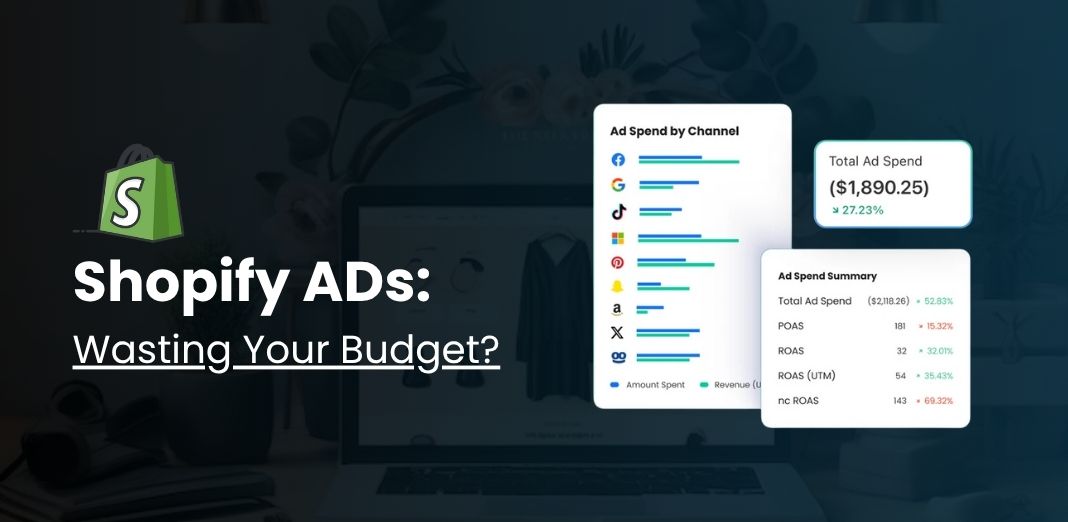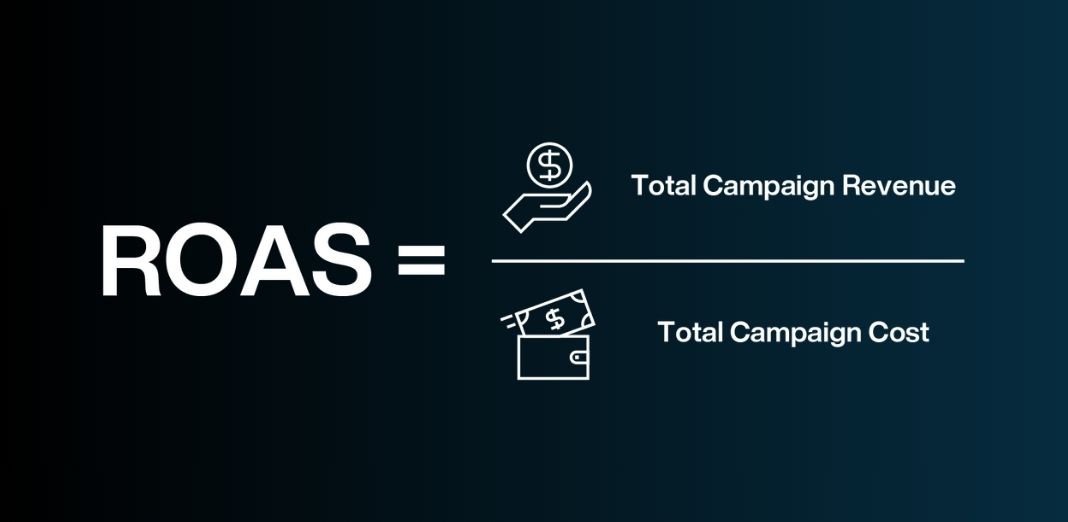
Kleverish Digital Marketing Services That Works  ×
×
 ×
×


Are you spending more on ads than you’re earning from your Shopify store? You’re far from alone. Every day, thousands of eCommerce entrepreneurs pour hard-earned money into digital ads—Facebook, Instagram, Google, TikTok—hoping to acquire customers and drive fast growth. But most are disappointed with the results. What once seemed like a straightforward growth lever becomes a black hole for budget, time, and energy. The more you spend, the more confusing it gets.
Here’s the cold, hard truth: your ad spend could be silently sabotaging your business. Not only are you possibly spending more than you’re making, but you might be unintentionally training your entire operation to depend on increasingly expensive paid traffic—with diminishing returns.
The average Shopify business owner believes they can out-spend the competition. But spending is easy; spending wisely is not. Many brand owners lack the data visibility, performance benchmarks, or strategic clarity to know what’s working and what’s not. And in today’s post-iOS 14 world, the guessing game has only gotten worse.
Whether you’re a solo founder wearing every hat or part of a marketing team under pressure to hit quarterly KPIs, understanding where your ad dollars are going—and whether they’re truly generating value—is absolutely essential. The difference between scaling profitably and bleeding cash often comes down to a few key factors that most people overlook.
In this article, we’re going to explore those factors. Let’s dive into the deeper reasons your ad spend may not be delivering and what you can do to fix it—for good.
Data reveals that over 60% of eCommerce advertising budgets produce negligible returns. It’s an open secret in the industry: much of the money spent on ads ends up generating clicks but not conversions. Here’s why this happens:
The result? Wasted dollars, inflated customer acquisition costs (CAC), and campaigns that never reach profitability. And with the growing complexity of ad platforms, the margin for error is smaller than ever.
To fix this, adopt a disciplined approach. Review your campaigns weekly, implement structured A/B testing, and refresh creatives regularly. You must treat every dollar like an investment that demands accountability.

Return on Ad Spend (ROAS) looks great on paper. Who doesn’t love seeing a 3x or 5x return? But here’s the kicker: ROAS doesn’t measure profitability.
If you’re selling a $50 product and your cost of goods sold is $25, you only have $25 left. Subtract shipping, packaging, platform fees, refunds, and support costs, and suddenly that 3.0 ROAS means you’re barely breaking even—or worse.
Instead of obsessing over ROAS, shift your focus to contribution margin and Customer Lifetime Value (CLTV). These are the true indicators of whether your business model is sustainable. Ask yourself:
This shift in mindset could be the difference between scaling profitably and scaling your losses.
Even the best ads won’t convert if your Shopify store isn’t up to par. Many merchants invest heavily in advertising but ignore the on-site experience, causing conversion rates to plummet.
Let’s be honest: would you buy from your store? Consider the following:
Furthermore, your checkout flow must be seamless. A clunky or confusing checkout will sabotage every paid click that gets that far. The good news? CRO improvements can double or triple your conversion rates without spending an extra dollar on traffic.
Tools like Hotjar, Crazy Egg, and Shopify analytics can help you understand where users drop off and how to improve.

Apple’s iOS 14 privacy changes significantly limited how platforms like Facebook track and attribute user behavior. This has driven up CAC and reduced targeting precision.
…then you’re simply burning money.
Investing in first-party data and owned media is no longer optional. It’s essential for building resilience in your marketing engine. Your email list, loyalty programs, and customer segments are assets you fully control.
If you’re outsourcing to an agency, remember this: not all partners prioritize your bottom line. Many are paid based on spend or vanity metrics—not your net profit.
Too often, agencies showcase metrics like CPMs and click-through rates as wins, while your cash flow suffers. This creates misaligned incentives that hurt long-term performance.
Consider building in-house expertise or working with performance-based marketers who earn more when you do. It’s time to demand more than “traffic” from your marketing team.
Here’s a roadmap to regain control and make your Shopify ad spend work for you:
Running ads is easy. Running profitable ads that scale sustainably? That’s the challenge.
Stop treating your Shopify store like an ATM that needs constant cash infusions. Instead, treat it like a performance system that requires tuning, tracking, and accountability.
The truth is, most eCommerce success comes not from outspending your competitors, but from out-optimizing them.
Take the time to refine your funnel, invest in lifetime customer relationships, and demand ROI from every campaign.

My journey as a Graphic Designer at Kleverish has been truly rewarding. I’ve worked on social media creatives, advertisements, and various client-based design projects. During this time, I strengthened my skills in Adobe tools and expanded into video editing as well. The team has always been supportive and encouraged me to explore new ideas and enhance my design approach. This experience has helped me grow professionally, boost my creativity, and become more confident as a designer. I’m grateful to be part of Kleverish and proud of the work I’ve created here.



 Rated 4.99/5 overall
across 100+ reviews
Rated 4.99/5 overall
across 100+ reviews